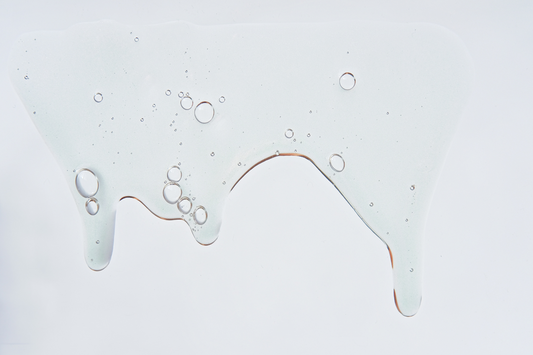If you’re losing more hair than usual, you’re probably searching everywhere for answers. With so many oils, shampoos, and supplements on the market, it’s hard to know: what hair loss treatment really works?
Well, there isn’t a single solution for everyone. The most effective treatment depends on the cause of your hair loss. Here’s what the science (and dermatologists) say actually makes a difference.
Proven Medical Treatments
- Minoxidil (Rogaine): One of the few FDA-approved treatments for both men and women. Applied topically, it helps extend the growth phase of hair. Results usually take 3–6 months of consistent use.
- Finasteride (Propecia): A prescription pill for men that blocks DHT, the hormone linked to male pattern baldness. Not recommended for women of childbearing age.
- PRP Therapy: Platelet-rich plasma injections use growth factors from your own blood to stimulate follicles. Clinical studies show promising regrowth in many patients.
- Hair Transplant Surgery: For advanced cases, this is the only permanent option. Surgeons move healthy follicles to thinning areas.
Lifestyle & Natural Support
While medical treatments target the root cause, healthy habits can support stronger growth:
- Nutrients: Iron, vitamin D, zinc, and biotin deficiencies can worsen shedding. Supplements may help if you’re low.
- Collagen & Protein: These provide building blocks for keratin, the main hair protein.
- Stress Management: Stress is a common trigger for temporary hair loss (telogen effluvium). Better sleep, exercise, and mindfulness can make a real difference.
- Gentle Care: Avoid tight hairstyles, excessive heat, and harsh chemicals that weaken strands.
What Doesn’t Work
Despite the hype, most “miracle shampoos” and topical oils have limited scientific proof. They may improve scalp health, but they rarely stop or reverse true hair loss on their own.
Final Takeaway
So, what hair loss treatment really works?
- For genetic hair loss: Minoxidil, finasteride (for men), and PRP are the most effective.
- For temporary shedding: Correcting nutrient deficiencies, reducing stress, and gentle care often restore growth.
- For severe thinning: Hair transplant surgery is the only permanent fix.
✨ Bottom line: The earlier you act, the better your results. If you’re unsure of the cause, seeing a dermatologist is the fastest way to find the right treatment for you.



